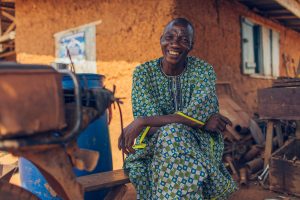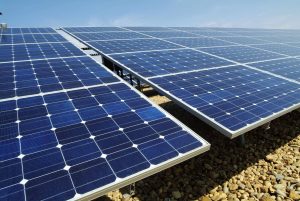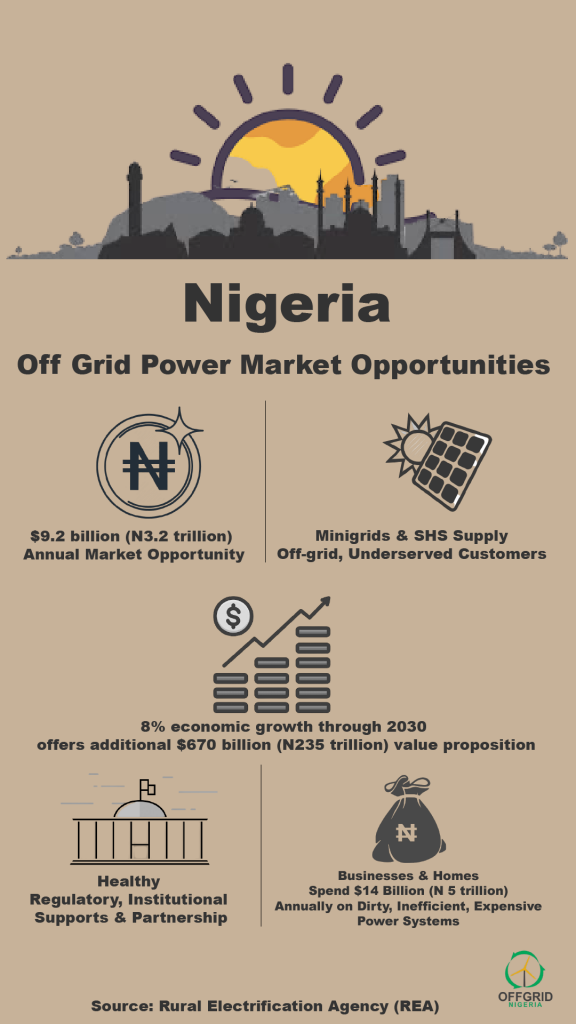An extra 30,000 new homes were in 2016 added to the number of beneficiary homes in the UK funded Solar Nigeria programme to bring the number of Nigerian families already covered by the programme to 170,000.
A recent statement on the activities of the programme said at the moment 170,000 Nigerian families enjoy bright reliable electricity from the solar systems acquired from companies supported by the programme.
It described the programme as being successful so far, and perhaps on track to meet its target of giving five million Nigerian homes solar electricity by 2020.
“Solar works everywhere and is cheaper than burning kerosene. Single solar lamps are brighter than kerosene lanterns and pay for themselves in as little as 6 weeks, then last for 2 to 3 years at no further cost.
“Larger solar lamps provide brighter light and can also charge mobile phones. Bigger systems can run a fan, television, and several room lights and can be leased for less money than it costs to run a ‘beta-pass-my-neighbour’ petrol generator,” said the statement.
It added: “The multi-award-winning Solar Nigeria Programme aims to help 5 million Nigerian homes (about 25 million people) access solar systems by the year 2020. Last year it provided total funding £2 million to 18 companies.
“Some of the international and local companies that received grants, and that sold or leased solar to 170,000 homes include Lumos, d.light, Awango by Total, LAPO micro finance bank, Arnergy, EMEL, Wandel, and Sosai. More recent recipients of grant include Solar Sister and PAS Bboxx. Grants helped them to expand more quickly to reach more customers, and to create jobs for more people.”
The programme is also working with the government of Kaduna to give 34 Primary Health Centres (PHCs) in rural and peri-urban areas of the state all their energy needs using solar. The project covers the technology, installation, training and maintenance of the systems to secure a long term steady power supply.
Equally in Lagos, the programme supplies electricity to 172 secondary schools and 11 PHCs in rural, riverine, and peri-urban areas of the state, with each school or clinic equipped with one or several systems of 5kW to 25kW capacity configured to meet all of their power needs.





